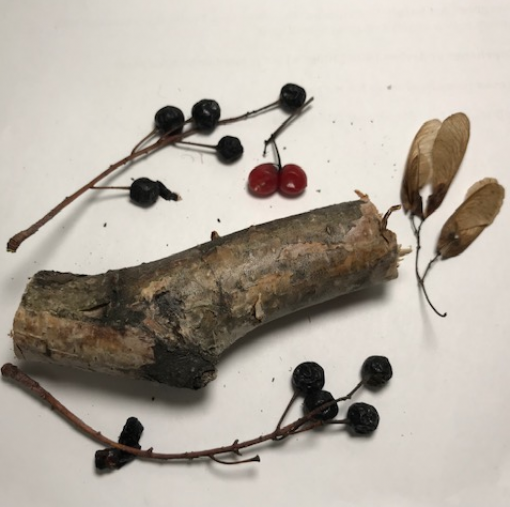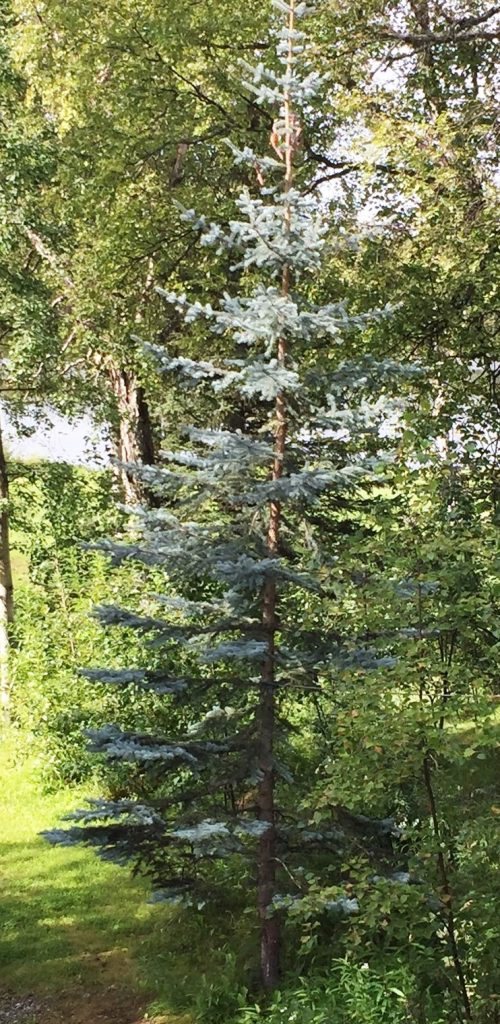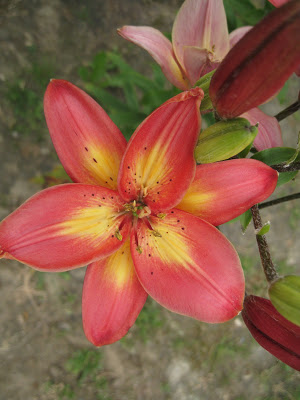
A brief history of the origins of our favorite garden vegetables Ice on the puddles the other morning had me lamenting the fact that it was still too soon to put starts outside for the season. That got me wondering about the vast number of plants we love to grow in Alaska that aren’t native to our region. Wishing that I wasn’t at the mercy of our climate I asked myself “where do cucumbers grow in the wild?”. Within minutes my curiosity got the better of me. Suddenly, I was Read More …






